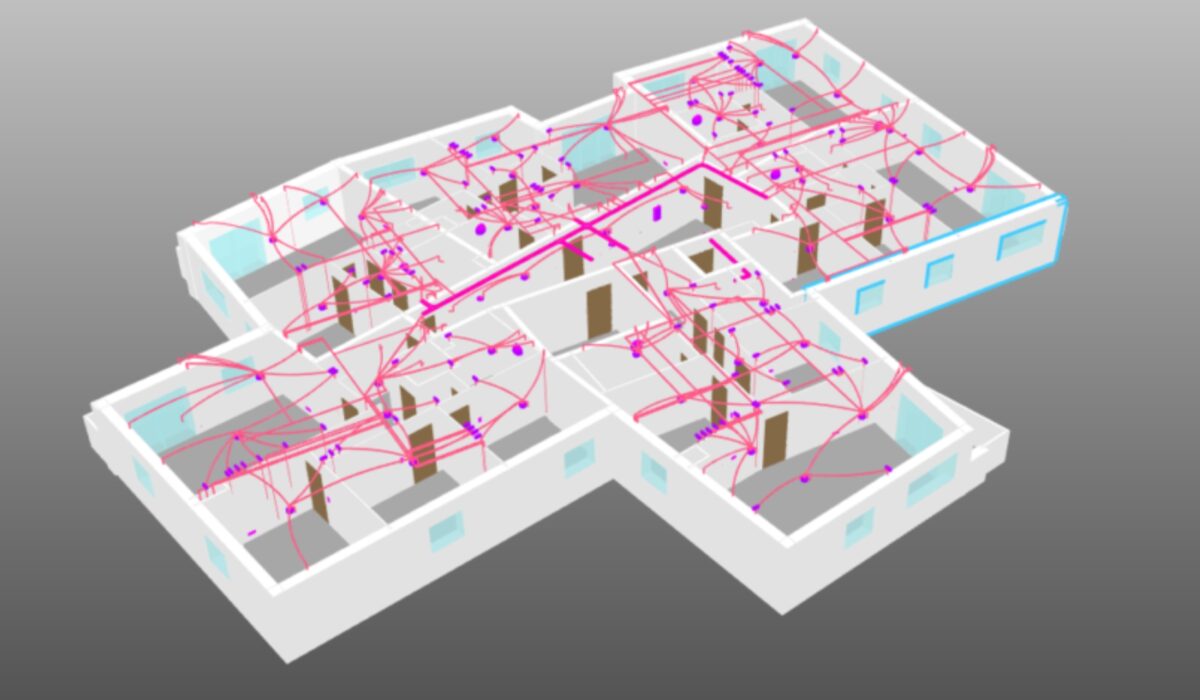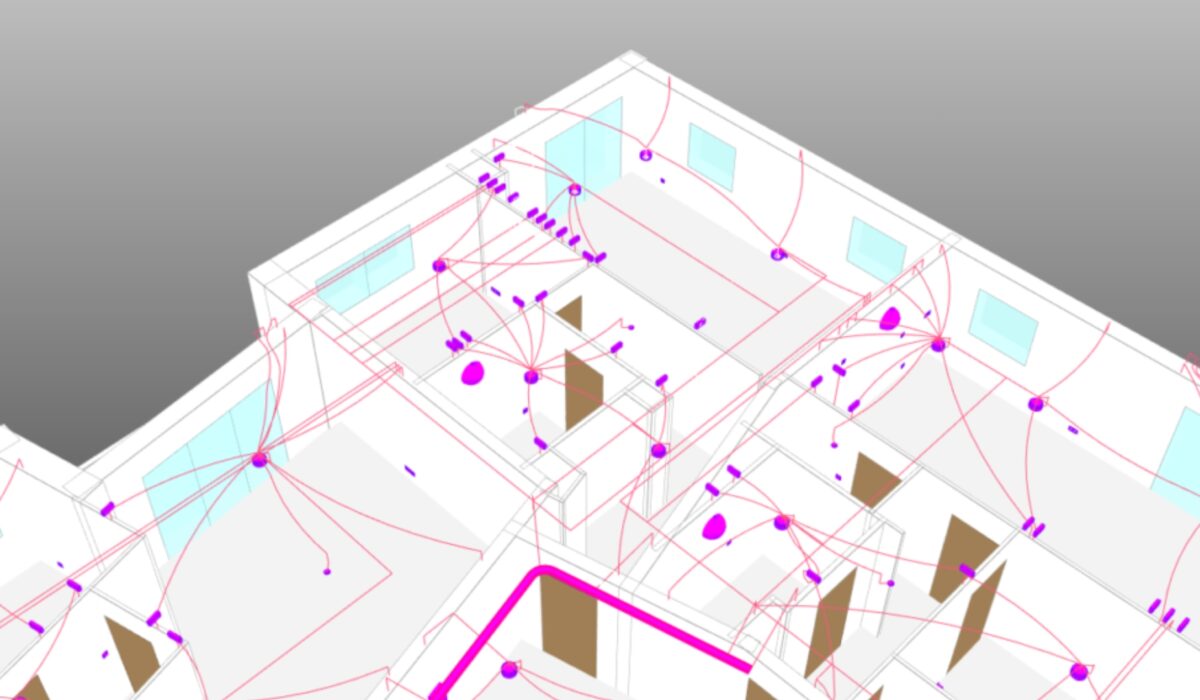
The IFC format is an open standard dedicated to the exchange of BIM digital models. It allows building information to be structured without relying on a specific publisher. Thanks to this format, different stakeholders can collaborate effectively throughout the project. It encodes geometry, materials, relationships between objects and technical data. This format makes it easier for all stakeholders to read and enrich models.
Developed to ensure interoperability, the IFC format is standardised and internationally recognised. It guarantees maximum compatibility between software programs. It is a central pillar of the open BIM approach. It promotes transparency, data durability and fluid exchanges.
Why use the IFC format ?
The IFC format simplifies exchanges between teams, professions and digital tools. It prevents information loss caused by proprietary formats. Thanks to this format, data can be shared without conversion or re-entry. This reduces errors, improves coordination and enhances overall consistency.
In addition, the IFC format offers a clear structure, adapted to each phase of the project. Whether for design, execution or operation, it follows the logic of the actual building. Its neutrality promotes openness, exchange and sustainability of models. This technical choice becomes strategic for all BIM professionals.
The IFC format and the Revit add-on in FTZ-BIM
The FTZ-BIM solution is based on the IFC format to operate in an open-BIM environment. The software reads the digital model directly, without complex transformation. It retrieves the construction elements and adds all the electrical scope data from the SchemBAT electrical CAD software. FTZ-BIM then enriches the model with devices, cabinets, cable trays, junction boxes and cables. It respects the IFC structure by adding only the necessary objects.
This approach ensures perfect consistency between the technical data and the architectural model. It avoids duplication and guarantees clear reading, regardless of the software used.
If requested by the client, FTZ-BIM also communicates with Revit™ thanks to its add-on. This allows it to integrate the electrical package data directly into the RevitTM model without re-entry.
The Advantages of the IFC Format
Choosing the IFC format in FTZ-BIM makes it possible to fully control digital exchanges for the electrical scope without having to use complex, costly, and poorly adapted specialized BIM software for execution plans. This avoids technical bottlenecks and speeds up validations. FTZ-BIM naturally integrates into a global BIM process. It complies with standards while adding a dedicated electrical layer. Thanks to this open foundation, teams can work together without format constraints.
The IFC format also provides greater transparency in project management. Every stakeholder visualizes the same data with the same level of detail. As a result, errors are reduced, and decisions are made faster. At the end of the project, the delivered model is directly usable, with no need for reprocessing or complex exports.
Conclusion
The IFC format structures BIM data in an open and precise way. It facilitates collaboration, improves the quality of exchanges, and strengthens technical consistency. By using this format, FTZ-BIM provides a powerful, modern solution designed specifically for electrical systems. This choice fully aligns with an open BIM approach, reliable, sustainable, efficient, and vendor-independent.




